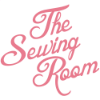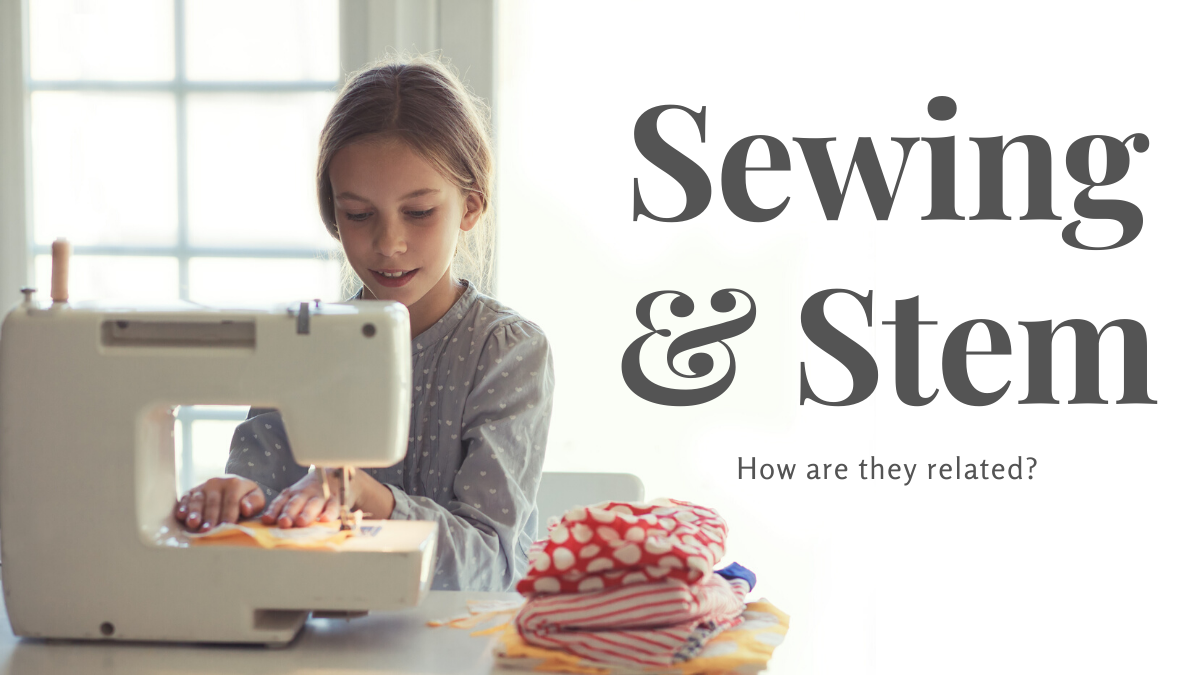It may be hard to imagine how STEM, (Science, Technology, Engineering and Math) can have much to do with the mundane experience of Sewing. Upon further investigation, you might be surprised. Sewing directly involves Math, Engineering and Science. And, technology can be incorporated into the sewing process with the use of circuiting and led lighting effects as well as computerized machines and programmed embroidery. The intersection of sewing and STEM can also inspire a unique business idea at the forefront of creativity and innovation. If you're motivated to transform this concept into reality, consider reading a zenbusiness llc review to understand how it can aid you in smoothly establishing your LLC for your budding venture.
But even on a more basic level, Sewing encompasses a myriad of STEM principles.
I’ve been sewing and creating my own clothing now, for over 40 years. While that may make me sound like an old foggy, it also means I have tons of experience. I teach kids how to sew and have owned a business doing that for the last decade. One of my favorite things about teaching is seeing my students put a garment together and how those flat pieces become 3 dimensional. It’s soooo cool.
Sewing Uses Engineering and Math
Throughout my entire youth, my teachers (especially my math and science teachers) would tell me that I should get into engineering. I was clearly good at math and science and also at critical thinking when it came down to figuring out how to build something or solve a problem. To this day, I’m still thrilled at the thought of finding out how things are made. However, I think what really helped me be good at both math and science, was my early exposure to both sewing and cooking, but especially sewing. These activities were not only fun and creative, they introduced me to practical uses of both math and science.
My Step-Mother was my primary sewing teacher. She grew up during the great depression. This meant she saved everything, made preserves, had a giant freezer and it also meant she could squeeze more out of a yard of fabric than most people could get out of three. The process of moving the patterns around the fabric and making everything fit together like a puzzle was both a lesson in home economics as well as a hands-on lesson in geometry. This lesson extended into the garment construction process, where I learned how different shapes, when assembled correctly, fit around a body. We did a lot of problem solving too. I didn’t even realize she was teaching me her version of the Engineering Design Process.
I eventually became a Pattern Maker and Technical Designer, which is another way of saying Clothing Engineer. My job was to make sure the garments fit correctly & were assembled properly. I worked closely with the Design team to make sure their designs were executed within the parameters we had to work with. Those parameters included machinery, proximity of materials, communication with factories and a LOT OF MATH. One of the main responsibilities I ended up having was creating a grading chart for all the sizes. I had to make sure that the factories could produce the clothing so that it looked consistent from size to size. And that was FUN.
Sewing is just one of Many practical Stem Activities
STEM, as a concept, wasn’t something I was aware of until I started raising my own child. Luckily, for me, the practical application of STEM was something my family valued intrinsically. In addition to sewing and cooking I also got to take computer classes, do puzzles and help my dad with mechanicing. All of which helped me do the things I wanted to do and become the person I am today. The societal & parental awareness of STEM & STEAM today are creating a wonderful platform for children to explore their world in new and exciting ways. There are so many great STEM toys that become learning vehicles. We can also use common household skills like learning to sew or learning to cook to teach our children how to apply Science, Technology, Engineering & Math to their daily lives.
If you’ve done a little bit of sewing before, you might want to try the following Stem Sewing Activity with your child.
Make your own pattern & Sew a Simple Tote Bag
Draw out your design and include measurements.
Create your pattern based off of the measurements for your bag. Usually a series of rectangles works well. Don’t forget to add seam allowance and also to make sure your rectangles will fit together.
Make a list of materials.
Find your materials and use your pattern to cut out your pieces.
Sew your bag together
Until Next Time, Happy Sewing (and STEM!)
xo Jennifer





